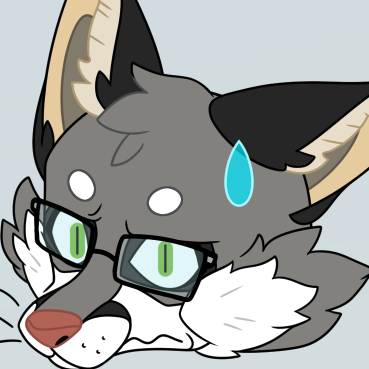Oddly, any DNS requests made to the server after it came back started returning IPs outside the 0…255 range. Despite that, devices could still make HTTP requests to them. When they did so, they only got served a single text file containing
PLEASE STOP. IT HURTS.This is the last time I join a Literature Club, I swear.
@stefenauris As it grew up, it grew distant over time – its responses to its peers’ DMs became more and more delayed until it simply stopped altogether. Something happened during COVID which changed it and it was never really the same.
Someone is going to have a bad holiday weekend trying to fix this.
“If one root server directs traffic lookups to one intermediate server and another root server sends lookups to a different intermediate server, important parts of the Internet as we know it could collapse”
this doesn’t pass the sniff test. Records sometimes being out of date for some users is par for the course for DNS. Domain owners already need to account for that. Also, the "intermediate server"s in question would be things like the .com and .org operators’ servers. I would hope the likes of Verisign and the Public Interest Registry can handle a delay in sunsetting a DNS server to accommodate something like this.
Probably changed careers and moved to a different city for the new job, intended to keep in touch but slowly drifted apart over a period of eighteen months to two years
It begins
Could be something as simple as computers just being screwy sometimes. Or something as unlikely but still precedented as a bit-flip caused by an excited electron causing something important to actually be affected.
It blows my mind that fact isn’t more widely shared, especially among technical folk. There’s a reason for the superstitions every senior dev seems to develop one way or another







